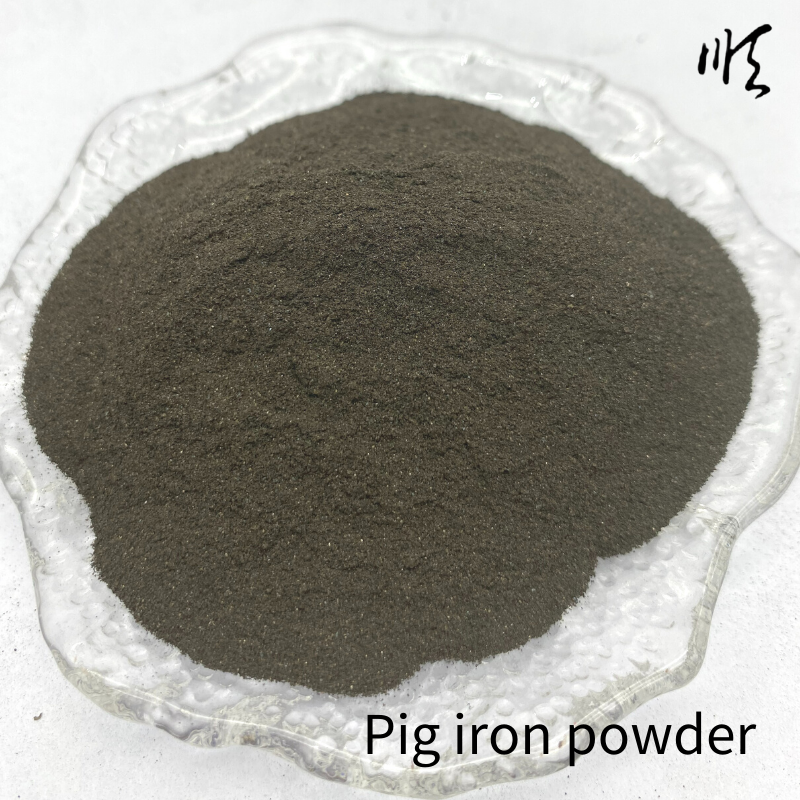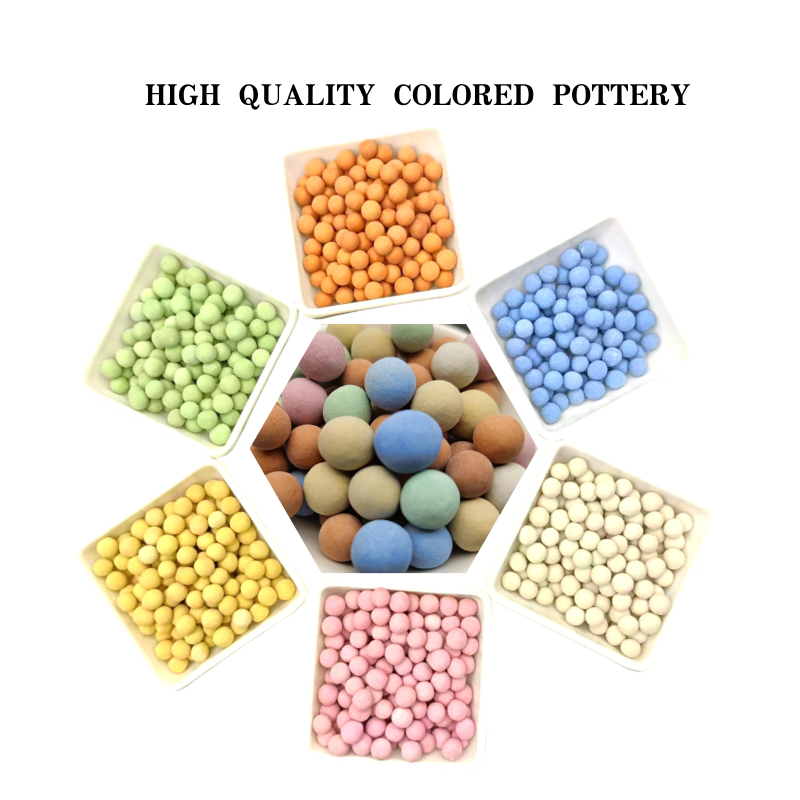
Jan . 21, 2025 02:56
Back to list
silica fume powder
The integration of silica fume and fly ash into construction materials has ushered in an era of innovation and efficiency within the industry. Seen as pivotal additives in the production of high-performance concrete, these two materials are renowned for their synergy, enhancing both the durability and the sustainability of construction projects.
For instance, the construction of marine piers and offshore platforms in coastal regions, where exposure to saltwater is a critical concern, has demonstrated noticeable enhancements in durability when utilizing both silica fume and fly ash. The resulting concrete shows increased resilience against sulfate attacks and a marked decrease in chloride permeability, thereby extending the service life of these crucial structures. Research corroborates these experiences, with studies indicating that incorporating these materials can lead to a reduction in the thermal cracking potential of mass concrete, as well as a pronounced improvement in the material's toughness. This is particularly advantageous in geographical areas prone to extreme temperature variations. Furthermore, the application of silica fume and fly ash significantly contributes to sustainable building practices. By recycling by-products from industrial processes, the construction sector not only mitigates waste but also reduces the demand for virgin raw materials. This alignment with global sustainability goals enhances the environmental credibility of construction projects, which is increasingly becoming a decisive factor in competitive bidding processes. Industry experts agree that the adoption of these materials is a step forward in achieving the delicate balance between innovation, performance, and sustainability. Their use in construction provides a pathway to reducing the overall ecological footprint of buildings while meeting stringent performance demands. In conclusion, the strategic integration of silica fume and fly ash in concrete not only showcases significant advancements in material science but also demonstrates a commitment to building a more sustainable future. By leveraging these materials, the construction industry continues to evolve, paving the way for structures that are not only built to last but also minimize their impact on the environment. As research and technology progress, the potential applications and benefits of these remarkable materials will only expand further, solidifying their place as indispensable components of modern construction methodologies.


For instance, the construction of marine piers and offshore platforms in coastal regions, where exposure to saltwater is a critical concern, has demonstrated noticeable enhancements in durability when utilizing both silica fume and fly ash. The resulting concrete shows increased resilience against sulfate attacks and a marked decrease in chloride permeability, thereby extending the service life of these crucial structures. Research corroborates these experiences, with studies indicating that incorporating these materials can lead to a reduction in the thermal cracking potential of mass concrete, as well as a pronounced improvement in the material's toughness. This is particularly advantageous in geographical areas prone to extreme temperature variations. Furthermore, the application of silica fume and fly ash significantly contributes to sustainable building practices. By recycling by-products from industrial processes, the construction sector not only mitigates waste but also reduces the demand for virgin raw materials. This alignment with global sustainability goals enhances the environmental credibility of construction projects, which is increasingly becoming a decisive factor in competitive bidding processes. Industry experts agree that the adoption of these materials is a step forward in achieving the delicate balance between innovation, performance, and sustainability. Their use in construction provides a pathway to reducing the overall ecological footprint of buildings while meeting stringent performance demands. In conclusion, the strategic integration of silica fume and fly ash in concrete not only showcases significant advancements in material science but also demonstrates a commitment to building a more sustainable future. By leveraging these materials, the construction industry continues to evolve, paving the way for structures that are not only built to last but also minimize their impact on the environment. As research and technology progress, the potential applications and benefits of these remarkable materials will only expand further, solidifying their place as indispensable components of modern construction methodologies.
Share
Next:
Latest news
-
Fly Ash Solutions Enhanced by GPT-4 Turbo | Sustainable InnovationNewsAug.01,2025
-
Natural Premium Bentonite Cat Litter - Superior ClumpingNewsJul.31,2025
-
Premium Resin Coated Sand - High Heat Resistance CastingNewsJul.31,2025
-
High Quality Silicon Carbide Grit for Abrasive ApplicationsNewsJul.30,2025
-
High-Quality Ceramsite for Plants & Gardening | Lightweight PebblesNewsJul.29,2025
-
Premium Burgundy Glass Marbles for Vases & Shooter GamesNewsJul.29,2025






